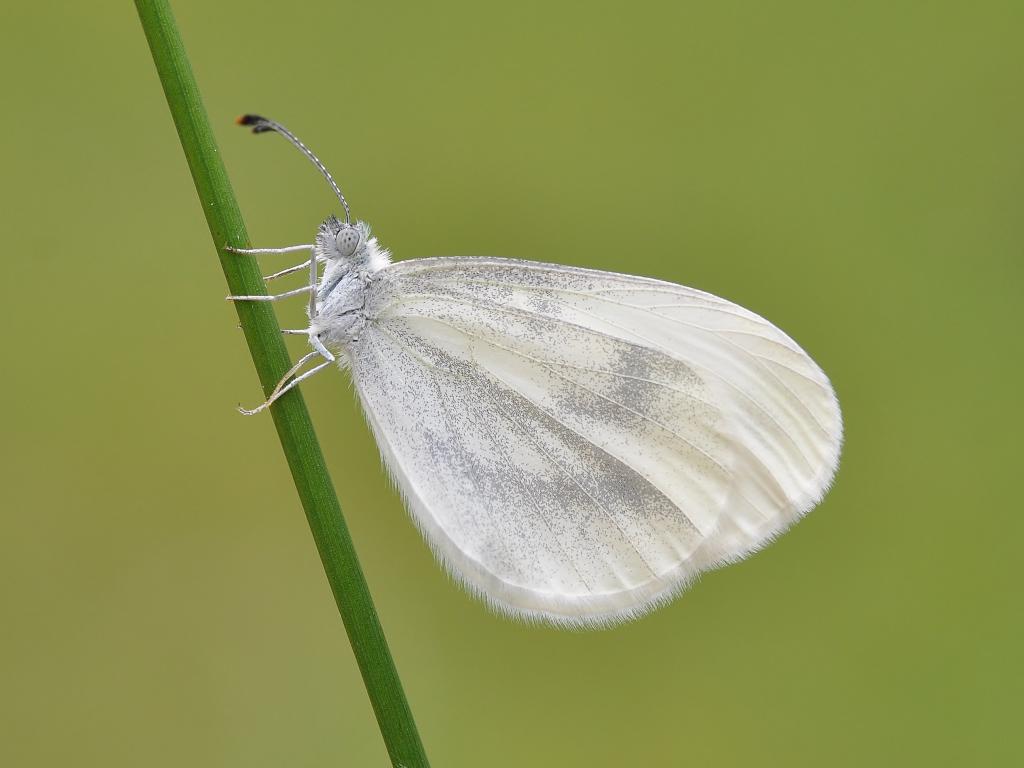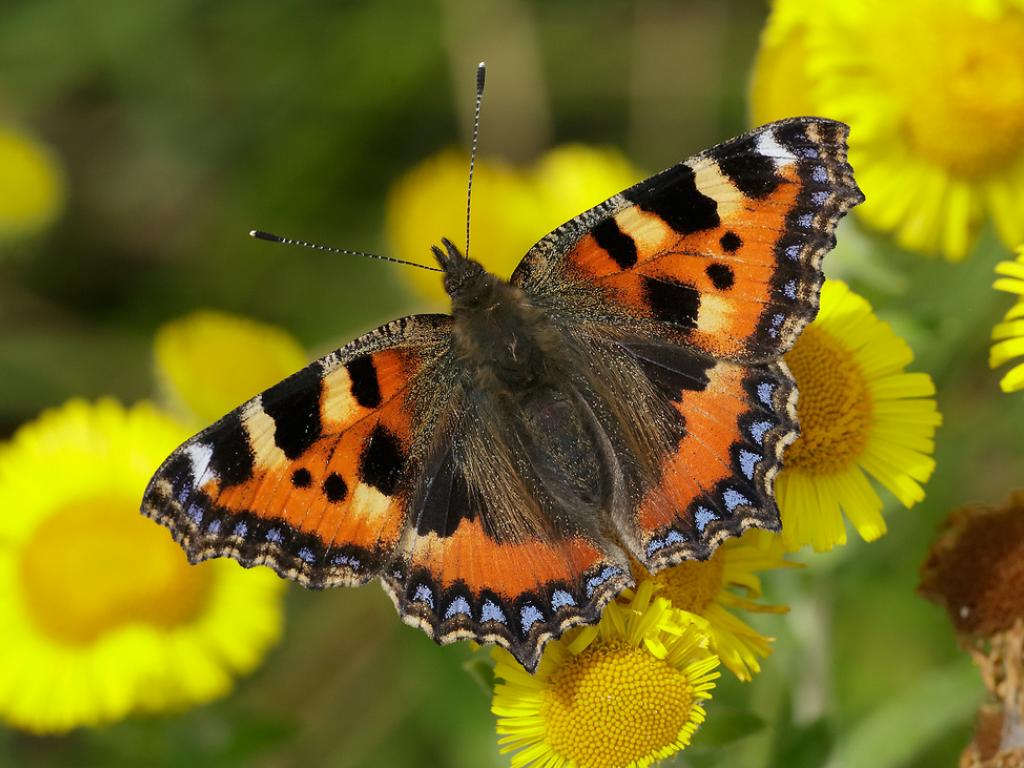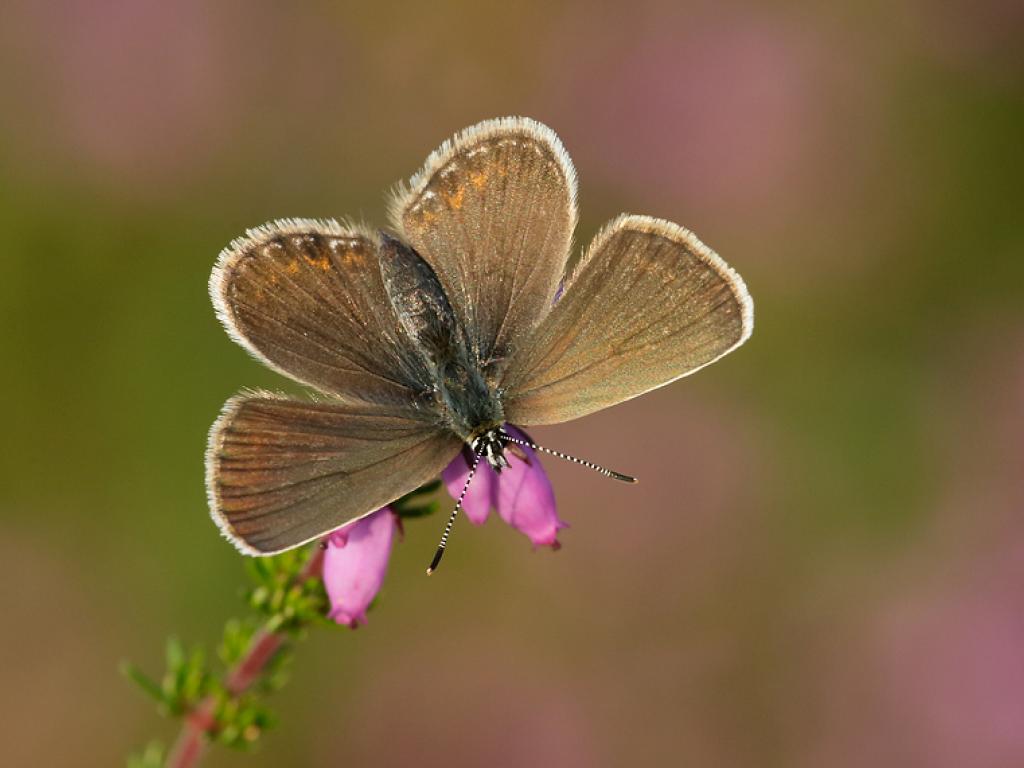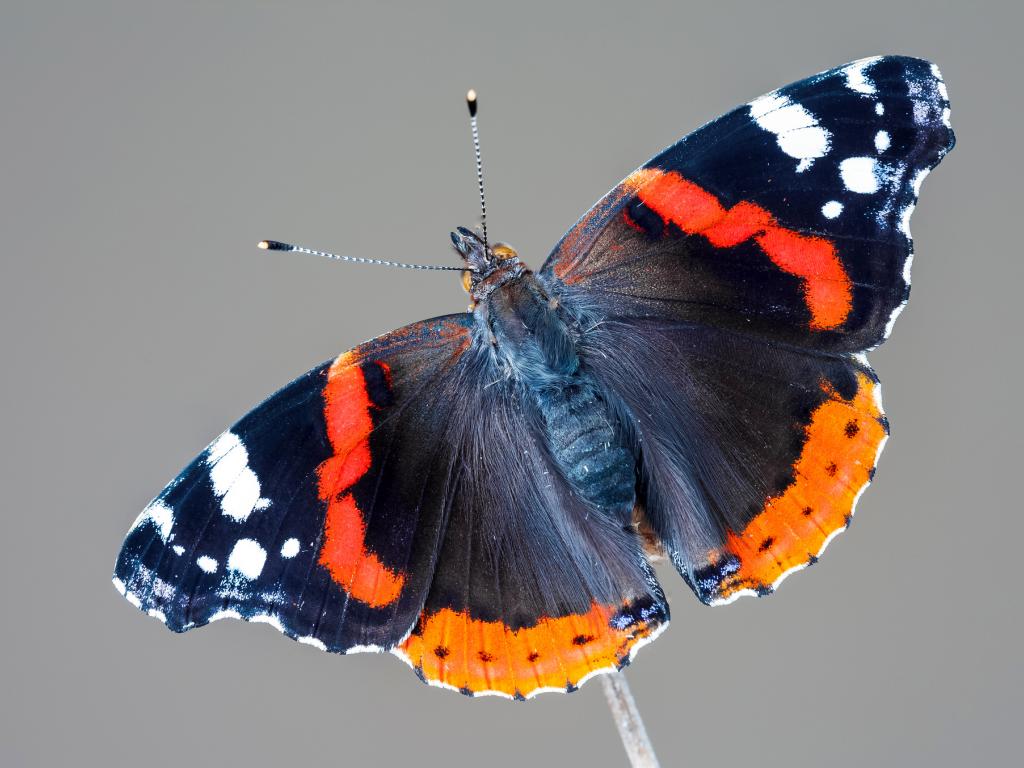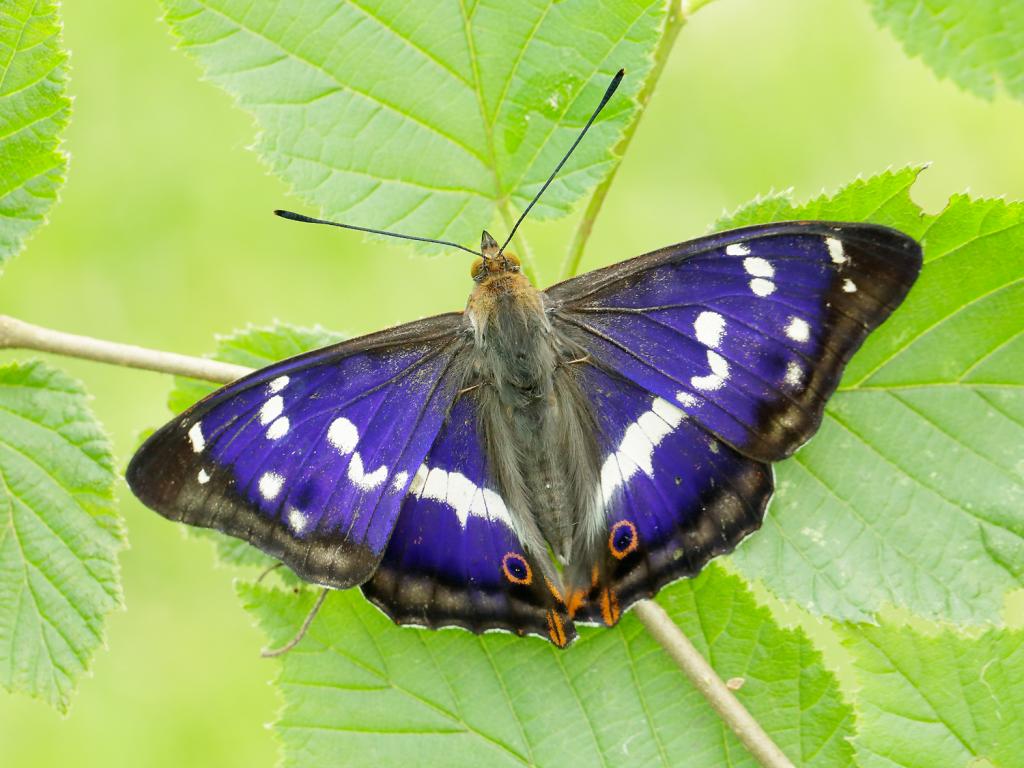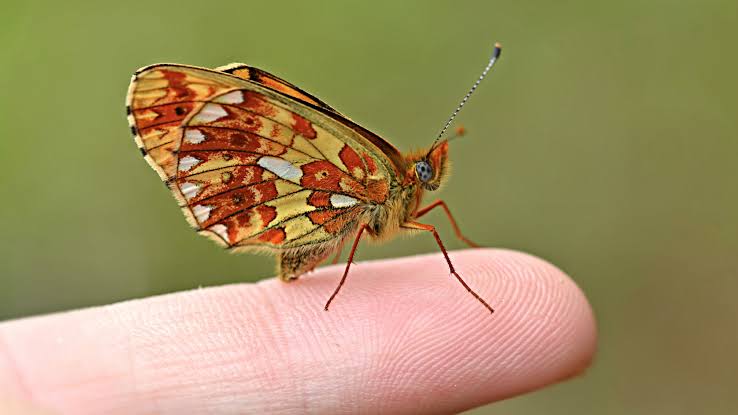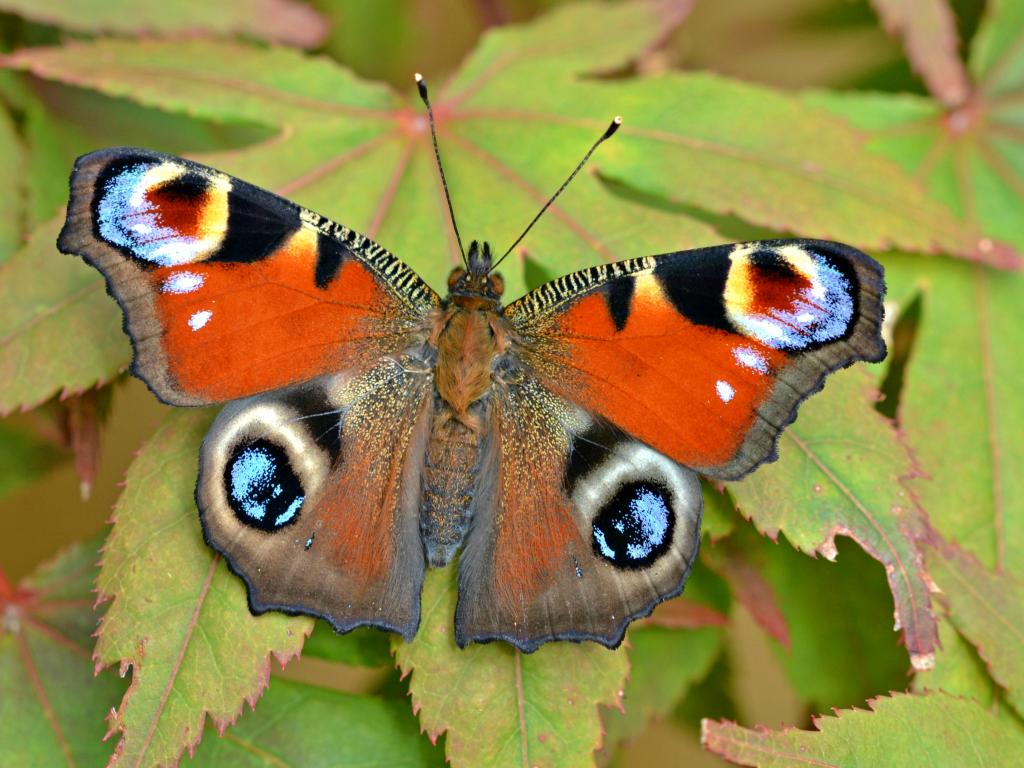Amazing Butterfly Facts You Didn’t Know About
Butterflies are among the most beautiful and fascinating creatures on our planet. Their vibrant colors and delicate wings captivate our attention and inspire awe. However, there is much more to these insects than meets the eye. Here are some amazing butterfly facts you might not know. 1. Butterflies Taste with Their Feet One of the most surprising facts about butterflies is that they taste with their feet. When a butterfly lands on a plant, it uses sensors on its feet to determine whether the plant is suitable for laying eggs. This unique ability helps them find the right host plants … Read more

